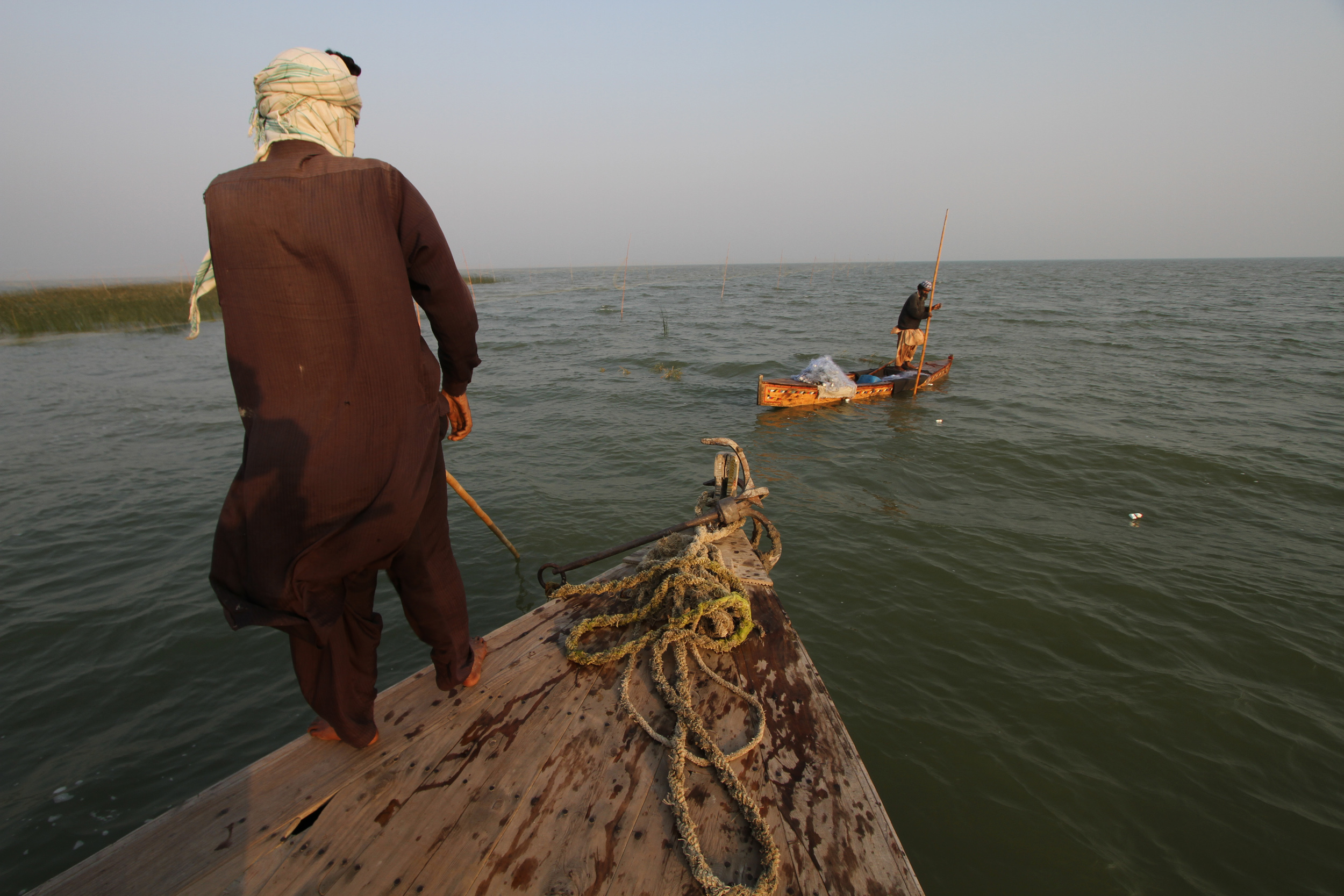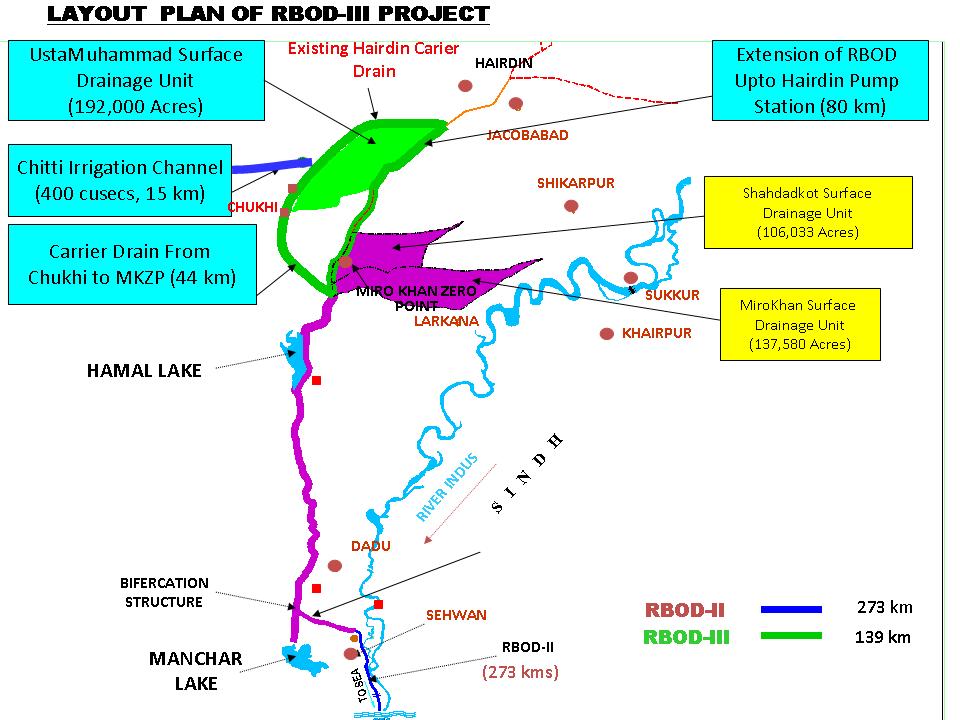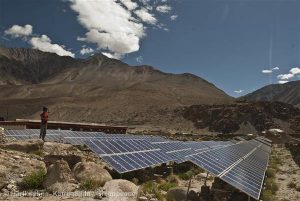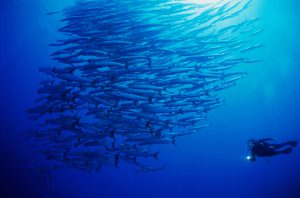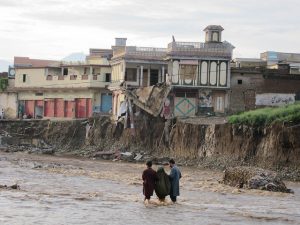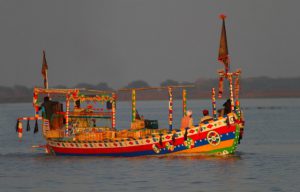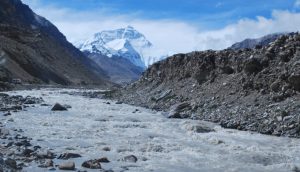A lifetime spent in a houseboat may seem extraordinary to many, but for 101-year old Haji Wali Mohammad it is the only way of life he knows. Mohammed and his family of 500 people live on 48 houseboats that form a village– also known by his name– on Manchar Lake in Pakistan’s Sindh province.Manchar is one of Asia’s largest freshwater lakes, spread over 200 square kilometres it expands to as much as 500 square kilometres during the monsoon rains. The average depth is between 2.5 to 3.75 metres.
The polluted and increasingly saline water has made it difficult for fish to survive. “We had a good life; we caught so many fish that there were not enough buyers,”Mohammad said. “Today, we cannot catch enough fish for three square meals for our own children”.
His beautifully hand-carved wooden houseboat is now dilapidated and barely able to accommodate his eldest son’s rapidly expanding family of 12. His other two sons also live on boats next door with their own large families.
Saying goodbye to traditional occupation
Annual fish catch on the lake has dropped dramatically from 2,300 metric tonnes in 1944, to 700 metric tonnes in the 1980s, said Mustafa Mirani, vice chairman of the Pakistan Fisherfolk Forum, an NGO working to promote the rights of the local fishing community. “Today, it is no more than 75 metric tonnes,” he estimated.
Fourteen of the 200 species of fish found in the lake back in 1930 have become extinct, according to a 1999 survey conducted by Sindh Education Foundation.
The Mohana are now fighting for their survival. “The commercially profitable fish have all but gone,” said Mirani. The remaining fish, locally known as ‘dhayya’, is sold for Rs 5/kilogramme (US$0.47) and is dried and pounded into a powder to be used as chicken feed, he said.
![The narrow wooden boat is called ‘batelo’ and the punter propels the boat by pushing against the river bed with a pole [image by Danial Shah]](/wp-content/uploads/2015/09/Manchar-2[1].jpg)
Forced exodus
There are now only 4,000 to 5,000 people living on the lake, compared to 20,000 back in the 1980s when the “water was sweet” Mustafa Mirani estimates, though Pakistan has not carried out a census since 1998.
“Many fishermen go to Gwadar and Pasni in Balochistan province to fish in the sea now,” said Yusuf Mallah, Wassaya’s father who works at the Karachi Fisheries Harbor Authority. “Fishing in the sea is more difficult as it means going into deep water and being able to survive the strong winds and storms,” he said.
Mohanas used to migrate temporarily to nearby land when the lake swelled, said Mirani, who has been carrying out research on Manchar for over 20 years. As the fish catch declined these temporary shelters became more permanent.
![Manchar [image by Danial Shah]](/wp-content/uploads/2015/09/Manchar-7[1].jpg)
The problems began in 1982 when the government decided to build a network of channels, known as the Right Bank Outfall Drain (RBOD), to tackle the water logging and salinity that was destroying large tracts of arable land along the Indus River near Dadu and Larkana.
But the misconceived project destroyed Manchar lake and its fish and has brought untold misery to the indigenous fishermen community.
Manchar Lake gets fresh water from torrents in the Kirthar hills and through a channel called the Main Nara Valley Drain, built as an inundation canal in the 1930s, which brings water from Hamal Lake and the Indus River. The drains carried sewerage and saline water from agricultural fields into the lake.
Experts from the state-run Water And Power Development Authority (WAPDA) argued the waste would be diluted and so would not harm the ecosystem lake.
But the construction of Guddu and Sukkur dams on the Indus River had already reduced amount of fresh water flowing into the lake.
After almost two decades, the government realised the damage caused by the drain and decided to build a new channel to carry effluents into the Arabian Sea.
![A girl on a boat on Manchar lake [image by Danial Shah]](/wp-content/uploads/2015/09/Manchar-1[1].jpg)
2004– During Prime Minister Zafarullah Jamali’s term, he built another drain – RBOD-III – to dispose of effluents from Balochistan into the RBOD-I and Manchar Lake.
